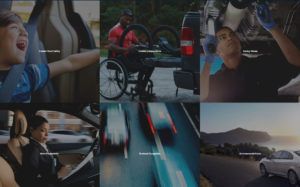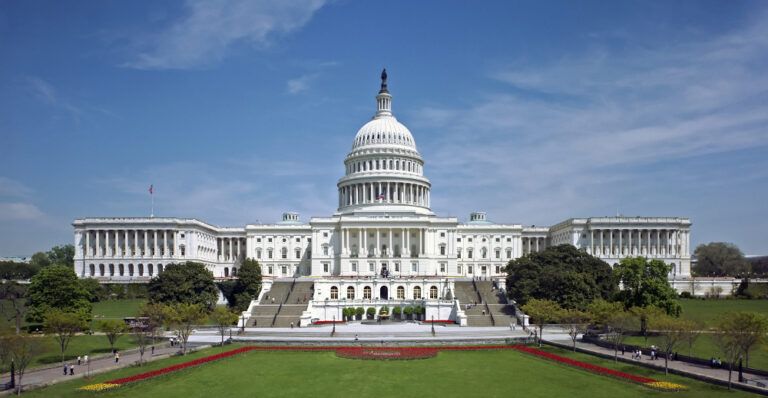A diverse organization of nearly 50 different groups representing senior citizens, people with disabilities, safety and environmental groups, and the automotive and technology industries has called on the US Congress to pass legislation that will assure the safe testing and deployment of Autonomous Vehicles (AVs).
Leaders of the Coalition for Future Mobility have told Capitol Hill staff at a briefing that AVs may help save lives, increase independence among seniors and those with mobility issues, reduce greenhouse gas emissions (GHG) and spur innovation. Citing US government data that indicates 94-96% of all crashes are caused by human choice or error, the Coalition said AV technology could help save lives by preventing many crashes and dramatically reducing injuries and fatalities on the country’s roadways. The group also said that AVs can provide the opportunity to increase the independence and mobility of those who cannot drive, including veterans with disabilities, the blind and older citizens; reduce GHGs from needless idling; reduce congestion and spur innovation.
With no federal regulations specifically governing highly automated vehicles, more than 30 states and municipalities have passed rules for self-driving vehicles, creating a patchwork of regulations. The coalition advocates for a comprehensive national strategy that removes barriers to innovation and assures safety, rather than a piecemeal approach to self-driving cars that varies from state to state.
“Automakers, suppliers and technology companies are investing significant resources into the development of highly automated vehicles in the USA to improve the safety and efficiency of our
transportation system and to provide access to mobility to people who cannot currently drive,” said Hilary Cain, director of technology and innovation policy at Toyota North America. “However, there is not currently a path to widespread deployment of driverless vehicles in this country. Federal legislation is needed to establish a clear plan and timeline for addressing these existing regulatory barriers and for implementing a regulatory framework that will provide for the safe and responsible deployment of this technology going forward.”
John Paré, executive director for advocacy and policy at the National Federation of the Blind, said, “Autonomous vehicles have the potential to dramatically improve travel options for millions of blind Americans as well as all other citizens who are not able to drive. We look forward to the day when we are able to use autonomous vehicles to get to school, to work, or to generally improve our ability to live independent lives.”
ITS America’s vice president of legislative affairs, Ron Thaniel, said, “Automated vehicles are on our roads today, which is why we need a federal framework that puts rules in place while maintaining state and local authority over their operation on public roads.”
Greg Rogers, director of government affairs and mobility innovation at SAFE, added, “Currently, oil provides 92% of the energy powering the US transportation sector. The virtual monopoly of this single commodity presents significant national and economic security risks to the USA, as consumers and businesses do not have a scalable alternative. The combination of autonomous, electric and shared transportation technologies has the potential to cut transportation costs by up to 50% compared to internal combustion engine vehicles.” 





